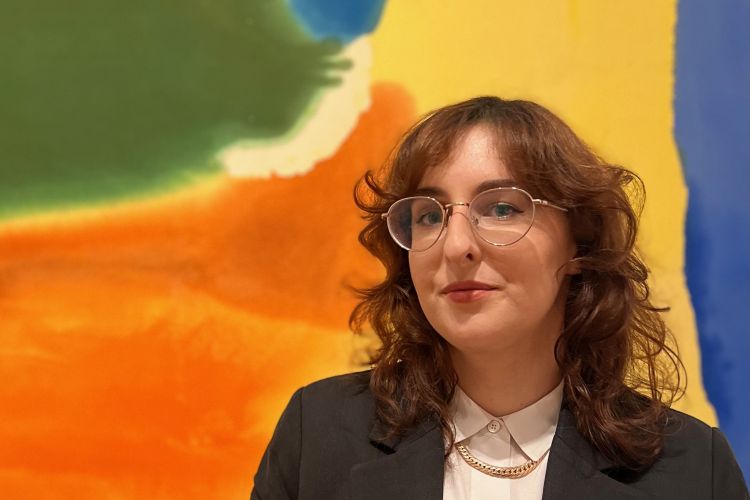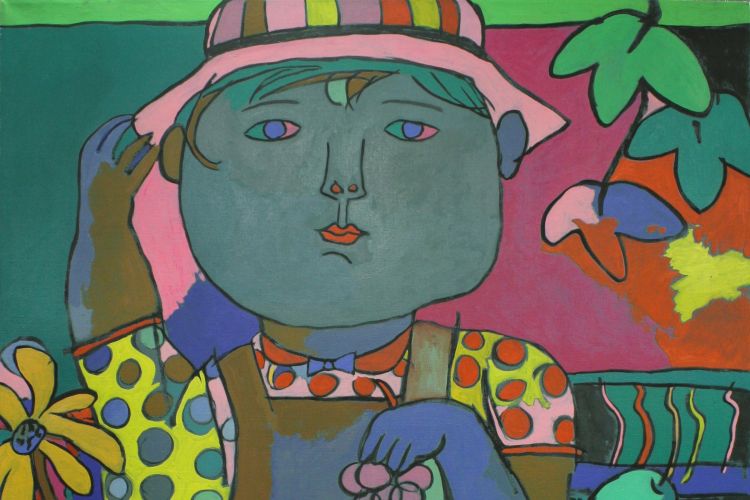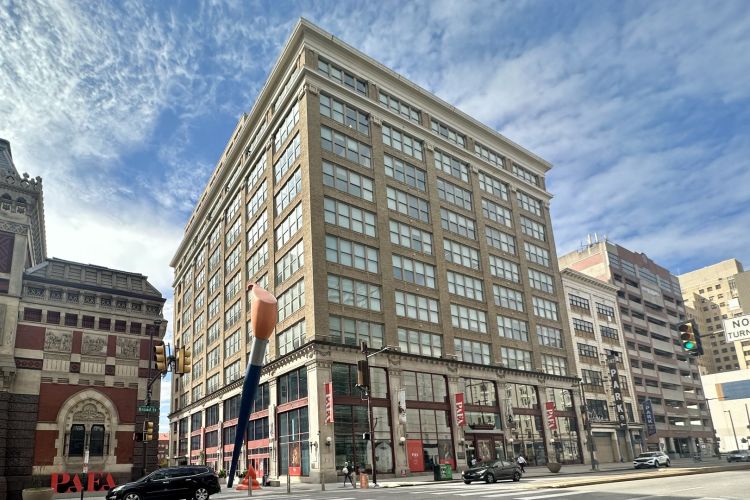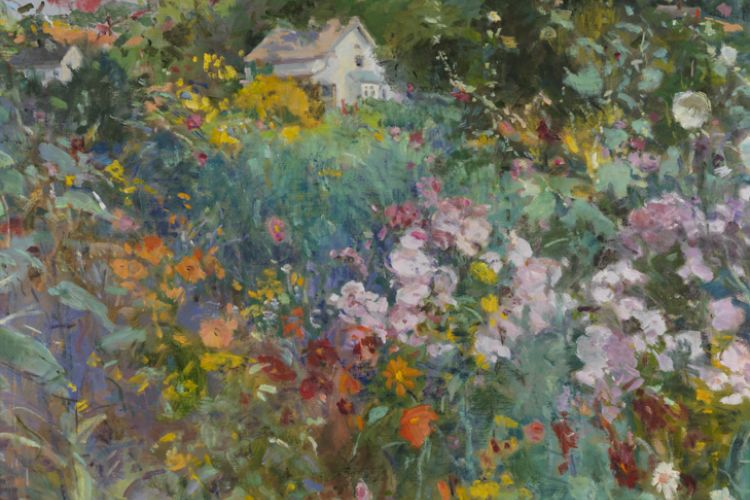PAFA Presents Procession: The Art of Norman Lewis
PAFA Presents Procession: The Art of Norman Lewis
Major Retrospective of Influential 20th Century Artist
November 13, 2015 - April 3, 2016
PHILADELPHIA (July 13, 2015) -- The Pennsylvania Academy of the Fine Arts (PAFA) presents Procession: The Art of Norman Lewis (1909-1979), the first comprehensive museum retrospective of Lewis' work, on view November 13, 2015 - April 3, 2016.
The exhibition will feature approximately 90 paintings and works on paper from the early 1930s through the late 1970s, as well as Lewis' handmade dolls and other archival material.
Organized with the full support and assistance of Lewis' family, and curated by Ruth Fine, recently retired after a four-decade career at the National Gallery of Art in Washington, Procession brings together work from major public and private collections. Many of the works will be on public view for the first time.
"It has been a privilege to come to know Lewis' work by visiting collectors throughout the United States, many of whom are generously lending to PAFA's Procession exhibition," according to Fine. "We hope to reveal the full scope of Lewis' artistic engagement, highlighting his unique commitment to exploring possibilities within abstraction by conflating them with references to the perceived world."
As a participant in the New York City art scene in both Harlem and downtown, Lewis was an influential contributor to Abstract Expressionism, a member of the prestigious Willard Gallery from 1946 to the mid-1960s, and a politically conscious activist throughout his life. Racism prevented him from fully participating in the social and networking aspects of gallery life, and caused his work to remain, even today, less well-known than that of his white contemporaries such as Willem de Kooning and Ad Reinhardt.
The "procession" in the exhibition's title highlights a prominent thread that runs through much of Lewis' work: the procession ritual. Processions could be both celebratory and terrifying for Lewis, equally carrying allusions to carnevale and Ku Klux Klan marches. Such duality was at the heart of his artistic practice, which employed representation and abstraction; geometric and organic forms; somber calligraphic markings and brilliant fields of color.
Procession will consider the complexity of Lewis' art by examining the role of figuration within Abstract Expressionism and how Lewis subtly referenced social issues within an essentially abstract mode. The exhibition also will highlight the richly expressive palette the artist championed throughout his career.
The exhibition will be organized chronologically and thematically around six motifs:
- In the City looks at how Lewis explored the geometric density of New York, Harlem in particular, inspired at the start of his career by urban life and the social issues of the Depression; leading to a year of transition to abstraction in 1945.
- Visual Sound explores the importance of music in Lewis' art, particularly but not solely jazz, both in respect to subjects (musicians) and form (the painterly conveyance of rhythm and sound).
- Rhythm of Nature examines how the natural world impacted Lewis' practice: light, wind, water (he was an avid fisherman), seasonal changes (spring and winter are referenced in his titles), plant life and other organic elements.
- Ritual reveals how the Labor Day Parade, which began in Harlem in the 1940s and mirrored the West Indian Carnival, set Lewis on a path in which the procession assumed a central place within his work.
- Civil Rights focuses on dramatic canvases of the 1960s, when the devastating impact of the Ku Klux Klan was an inspiration for powerful red-and-white and black-and-white images that evoke the horrors of the time.
- Summation features work from the 1970s, including some of Lewis' largest canvases and most highly developed and subtle paintings on paper.
Procession: The Art of Norman Lewis will be accompanied by a fully illustrated scholarly catalog and related programming. The exhibition travels to the Amon Carter Museum of American Art in Fort Worth in summer 2016, and to the Chicago Cultural Center in fall 2016.
We're so excited you're planning to visit PAFA!
Make time for art — visit us Thursday to Sunday.
Before reserving your tickets, please review helpful information about museum hours, accessibility, building access, and special admission programs.
If you have any questions, feel free to reach out to us at visitorservices@pafa.org — we’d love to help!



